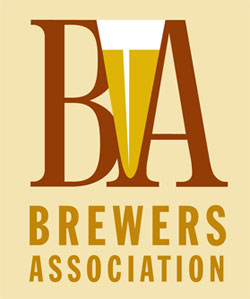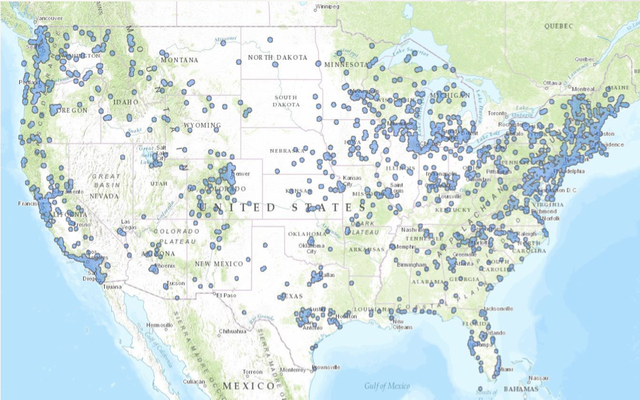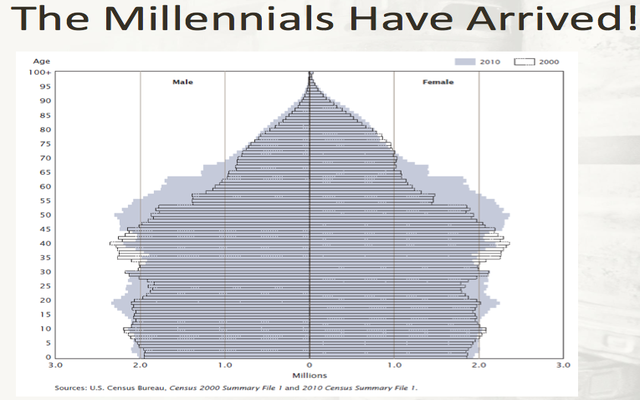
A new report from Bart Watson, the BA’s staff economist, found that an influx of female drinkers, greater engagement in the Hispanic market, and geographic diversity of brewery locations have played pivotal roles in shaping a more well-rounded craft consumer base.
Much like the evolving landscape of new SKUs they traverse, today’s drinkers look a bit differently than they did in 2001.
According to data from the University of Maryland’s survey research center, the typical craft beer drinker in 2001 was a few things, if not totally stereotypical: white, male, 39 years of age and bearded. Okay, we made up the last part about the beard, but that same 39-year old male drinker also boasted a higher education, a “relatively high income,” and was “geographically concentrated,” the survey found.
While no updated median has been provided, specific statistics support the claim of a new demographic.
Using Nielsen panel data and analyses from Esri, a supplier of geographic information software, Watson found that women between the ages of 21 and 34 now consume 15 percent of total craft volume. Citing a recent report from Technomic outlining invigorated interest both on and off-premise from Hispanic consumers, Watson concludes that today’s beer drinkers are much more ethnically diverse as well.
So what’s it all mean for craft’s future growth outlook? If craft is to reach the oft-stated goal of gaining 20 percent market share by 2020, Watson said continued consumer diversity is critical.
“I think to achieve that goal, we’re going to have to see these trends continue, which is bringing new people into the category,” he said. “I think we’re going to see young women [aged] 21-34 continue drinking craft beer and I’d like to think the generation of women behind them will also continue. I think we’re going to continue to see ethnic diversity increase and I think the Hispanic population can be a big part of that.”
And despite craft’s higher than average price tag, it’s also breaching income barriers. While craft still trends in favor of higher income individuals, the bottom 60 percent of households by income have accounted for 40 percent of total craft volumes through August, Watson said, citing U.S. Census Bureau data.
Craft beer drinkers are far more geographically diverse than they were in 2001 as well, with nearly 75 percent of all legal drinking age adults now living within 10 miles of a brewery.
“I think the geography is also driving the diversity,” added Watson. “There are breweries in front of Americans everywhere.”
Below are a few screenshots from Watson’s presentation, which was delivered during last week’s GABF media luncheon.


